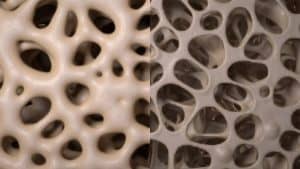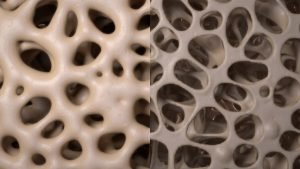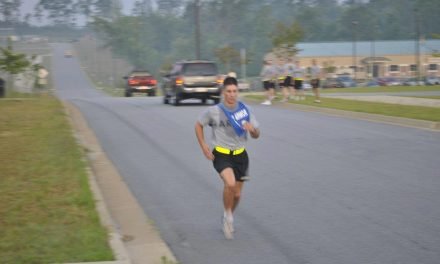
Thinning of the bones is inevitable for women after 60, right? For 10 years, I was hovering in the osteopenia range, blond, blue-eyed, with Northern European heritage. I thought I had to just live with it, swallow my calcium, eat my greens and keep exercising to combat the onslaught of aging.
Then my doctor told me that calcium absorption from supplements is not significant enough to warrant taking it. So that left eating my greens and exercise.
I hate swallowing supplements because I forget to take them, which makes me feel like I’m failing myself – a slow drain on my cognitive confidence. I happily skipped this part of my daily routine and lived without guilt.
Importance of a Bone Density Test
Four years passed, and the time came for a bone density test. I wondered if I should even bother. After all, I was doing all there was to do, the rest was up to my genetics and the universe. Then a friend said, “Go do it. Your numbers must have improved with all the walking and carrying you do.”
So I did the test and nervously anticipated the results. I didn’t wait for my follow-up appointment and went directly to my patient portal to read the results. To my disappointment, my osteopenia had increased by 3.4%. Bummer! Now I totally depended on my genetics.
I tried to forget the disappointing news and went in to my follow-up appointment with my doctor. She actually congratulated me! “Why,” I said, “my numbers are up!”
“Oh, no, your bone density has increased,” she said. “It’s easy to misinterpret the results the way they were written, as it talks about osteopenia. It says here the density of the bones in your lower body has increased by 3.4%, slightly less in your pelvis, but overall you’re doing great and that at your age (70)!”
The doctor was very intrigued by the results, and asked me, “What have you been doing for this to happen?”
I told her, “I eat organic greens from my garden. I don’t take calcium, there is not much dairy in my diet, but I walk, hike and backpack. A lot!”
I told her about my long treks on the Pacific Crest Trail every summer for the last 5 years, my training schedule and my weekly walks. “I also add strength training as part of my training for the long trail.”
We agreed that the walking and backpacking had proven their worth in the osteoporosis battle. I’m not a statistical anomaly. I have proven a point by doing what science has shown will work.
Here is how to combat your thinning bones.
Enjoy Calcium Rich Foods
Eat foods that are rich in calcium like kale, broccoli, sardines, yogurt or kefir, cheese and bok choy.
Do Weight-Bearing Exercise
- Start slow with low-impact exercise, such as walking.
- Move up to jogging, jumping rope or carrying a backpack on the trails.
- Exercise 30 minutes 5x/week, or 50 minutes 3x/week.
- Do strength training 2x/week.
It takes strong resolve to keep strong bones. Wouldn’t you rather walk toward the end of your life than getting there falling, breaking bones and being in a wheelchair?
What have you done to combat your thinning bones? Please engage in the conversation!





